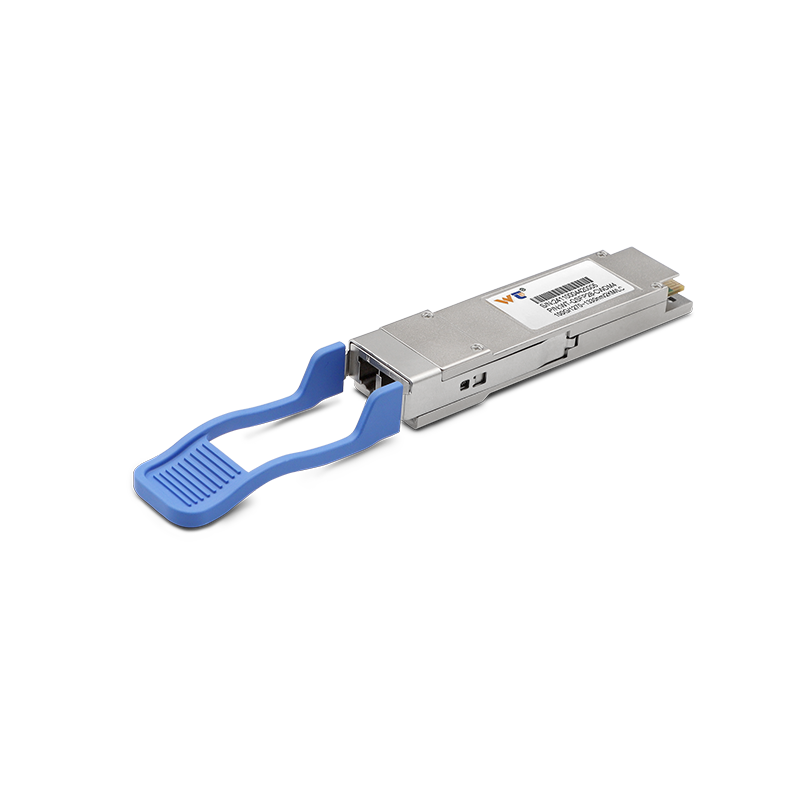Optical transmission mediums are pivotal components in modern communication systems. Often synonymous with optical fibers, these materials act as conduits for transmitting light signals over vast distances. This technology has transformed the information age, enabling rapid data transfer and bolstering the digital infrastructure. To delve into the mechanics of optical transmission, we must explore the technical background, the underpinning technologies, their operational principles, application domains, emerging trends, and associated technical standards.
The heart of optical transmission technology lies predominantly in optical fibers, engineered from high-purity glass or plastic. These fibers exploit the principle of total internal reflection, wherein light signals are confined within a core surrounded by a cladding material with a lower refractive index. This ingenious setup allows for minimal signal loss and high bandwidth, making optical fibers significantly superior to traditional metal wires. The development of fiber optics has been a game-changer, providing increased capacity and reliability for telecommunications and data networks.
Various types of optical fibers exist, each designed for specific applications. The main categories include single-mode fibers and multi-mode fibers. Single-mode fibers, characterized by a small core diameter, are ideal for long-distance communication, reducing modal dispersion for clearer signals. In contrast, multi-mode fibers, with larger core diameters, support multiple light pathways but are better suited for short-distance applications. Moreover, advancements in specialty fibers, such as photonic crystal fibers and carbon nanofiber-based materials, show promise in diverse fields, from sensing technologies to medical applications, further broadening the scope of optical transmission mediums.
Understanding the operational principles entails grasping how light signals are transmitted and manipulated within these fibers. Modulation techniques play a key role in this process. Signals can be encoded onto light waves through methods like Amplitude Shift Keying (ASK), Frequency Shift Keying (FSK), or Phase Shift Keying (PSK). Once modulated, light signals traverse the fiber, experiencing minimal attenuation due to the low-loss characteristics of the optical materials. At the receiving end, photodetectors convert these light signals back into electrical signals, ensuring data integrity and facilitating high-speed communication.
The applications of optical transmission mediums are vast and varied. In the telecommunications sector, they form the backbone of internet infrastructure, enabling high-speed broadband services. Beyond telecommunications, sectors like healthcare utilize optical fibers for minimally invasive surgical techniques and medical imaging. Furthermore, industries such as aerospace and manufacturing harness optical transmission mediums for advanced sensing applications, illustrating their versatility across disciplines.
Looking ahead, the development trends in optical transmission mediums suggest a focus on increased capacity and energy efficiency. Innovations like Dense Wavelength Division Multiplexing (DWDM) are pushing the boundaries of data transmission rates, enabling multiple signals to be sent simultaneously over a single fiber. Additionally, the integration of optical technologies with emerging fields, such as artificial intelligence and machine learning, opens avenues for optimizing network performance and managing data traffic. As we move towards a more interconnected world, enhancing the robustness and adaptability of optical transmission mediums will be paramount.
Finally, adherence to technical standards is crucial for ensuring compatibility, reliability, and safety in optical transmission systems. Organizations such as the International Telecommunication Union (ITU) and the Institute of Electrical and Electronics Engineers (IEEE) provide guidelines that govern aspects like fiber construction, signal quality, and testing methodologies. Standards such as G.652 for single-mode fibers and various IEEE 802 standards for Ethernet over fiber ensure that systems can effectively communicate, thereby fostering the growth of global telecommunication networks. As the landscape of optical transmission continues to evolve, these standards remain integral to maintaining operational excellence and innovation within the industry.






